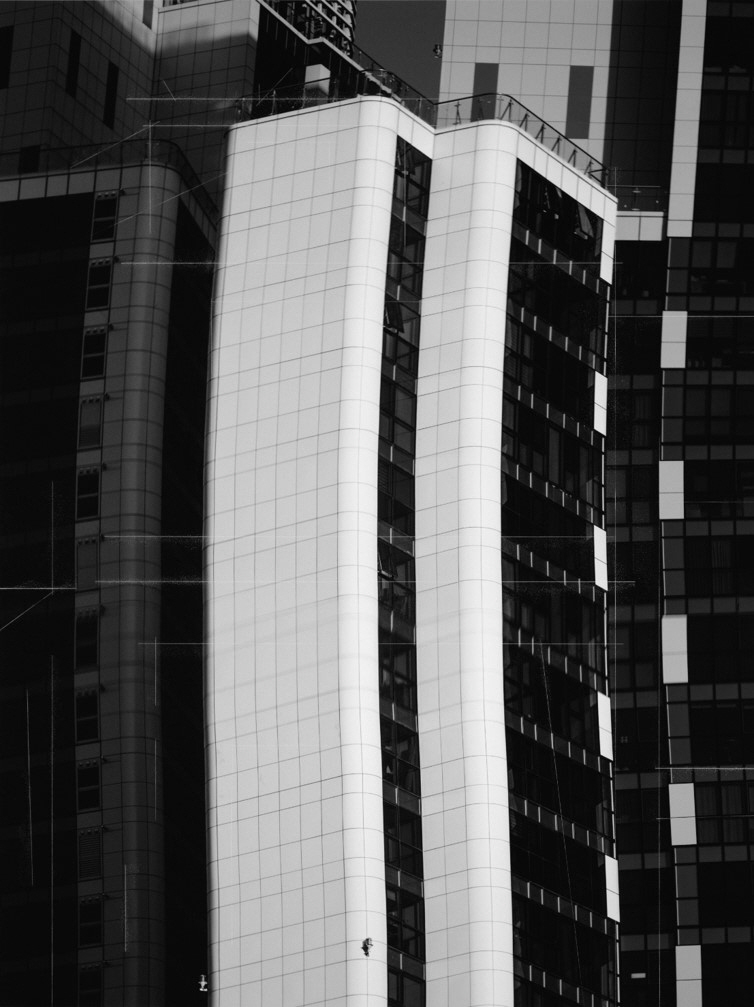Solo Exhibitions (Brief)
Kim Chunsoo has held five solo exhibitions until the present. In 2007, he was selected for the Spacevava ‘Portfolio Review’ contest and held his first solo exhibition at Spacevava(Seoul, Korea).
He won the Ilwoo Photography Award for the series of ‘Low-cut’ and ‘Low-pass’, and held a solo exhibition at Ilwoo Space (Seoul, Korea) as a recipient in 2018.
He presented a series of ‘ALPS’ in SPACE 22(Seoul, Korea) in 2019 and a series of ‘Low-cut’ in BMW Photo Space(Busan, Korea) in 2020.
Group Exhibitions (Brief)
Kim Chunsoo has been participated in a wide range of group exhibitions held at PROJECT ROOM SINPO(Incheon, Korea), OCI Museum(Seoul, Korea), Seoul Museum of Art(Seoul, Korea), The Reference(Seoul, Korea), Kunstquartier Bethanien Berlin(Berlin, Germany) and China Central Academy of Fine Arts(Beijing, China).
Awards (Selected)
Kim Chunsoo received the 9th Ilwoo Photography Award(Ilwoo Foundation, Korea) and at Academy Lights Award(China Central Academy of Fine Arts, China).
Collections (Selected)
His works are in collections of various museums such as Seoul Metropolitan Government(Seoul, Korea), GoEun Museum of Photography(Seoul, Korea), National Museum of Modern and Contemporary Art(Seoul, Korea), Seoul Museum of Art(Seoul, Korea) and Houston Museum of fine Art(Houston, USA).



 Low-pass 3049_162, dimension variable, inkjet transfer on aluminum panel, 2018.jpg)













